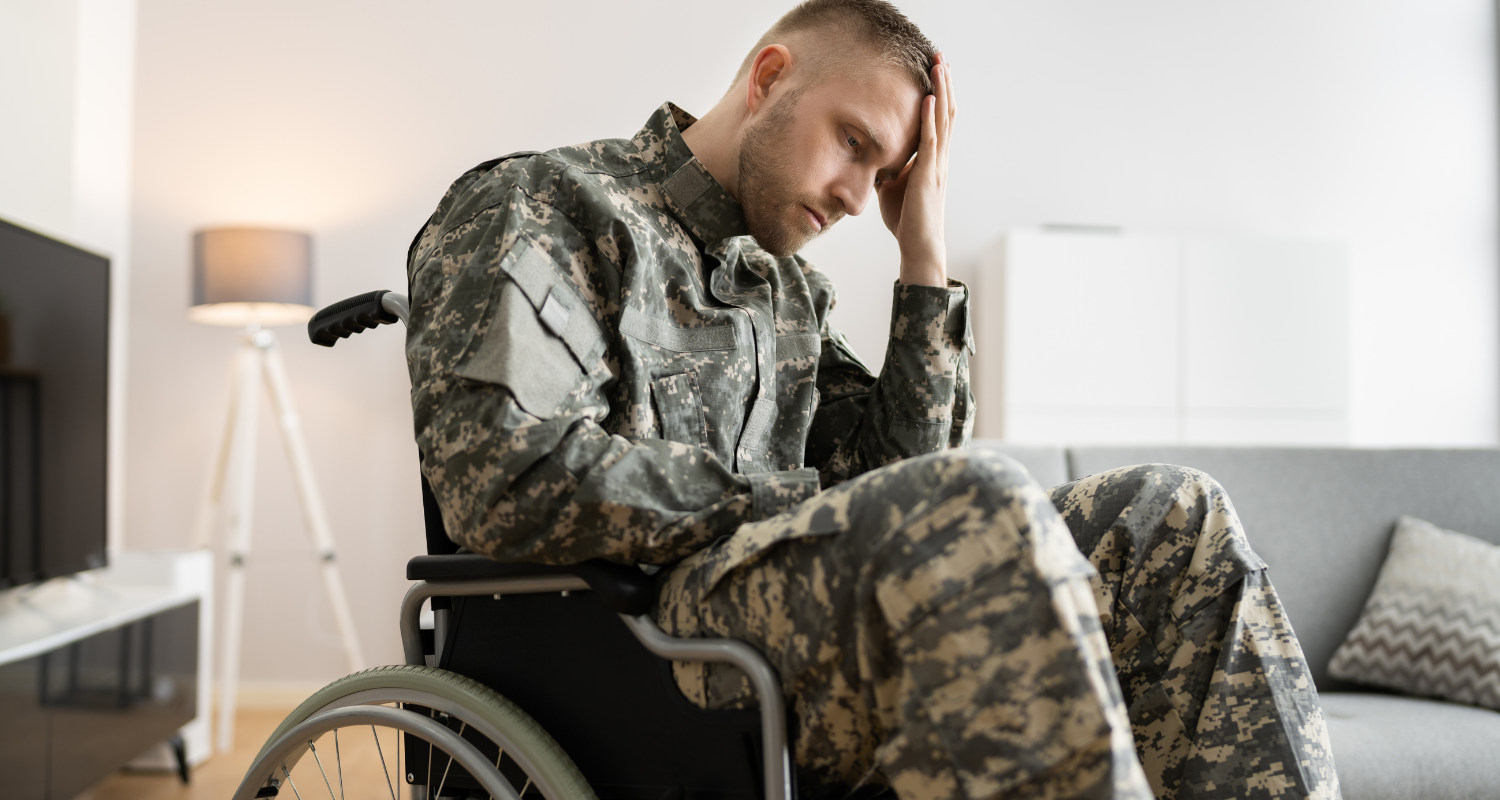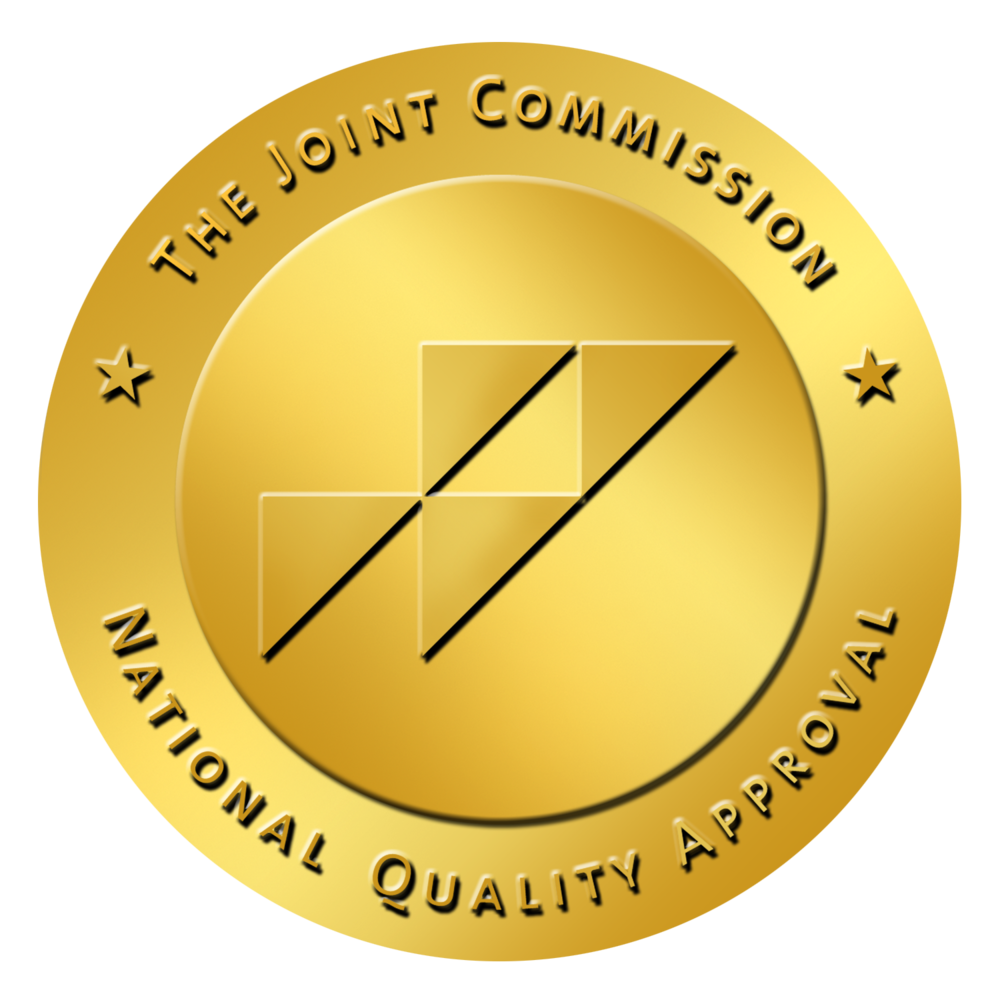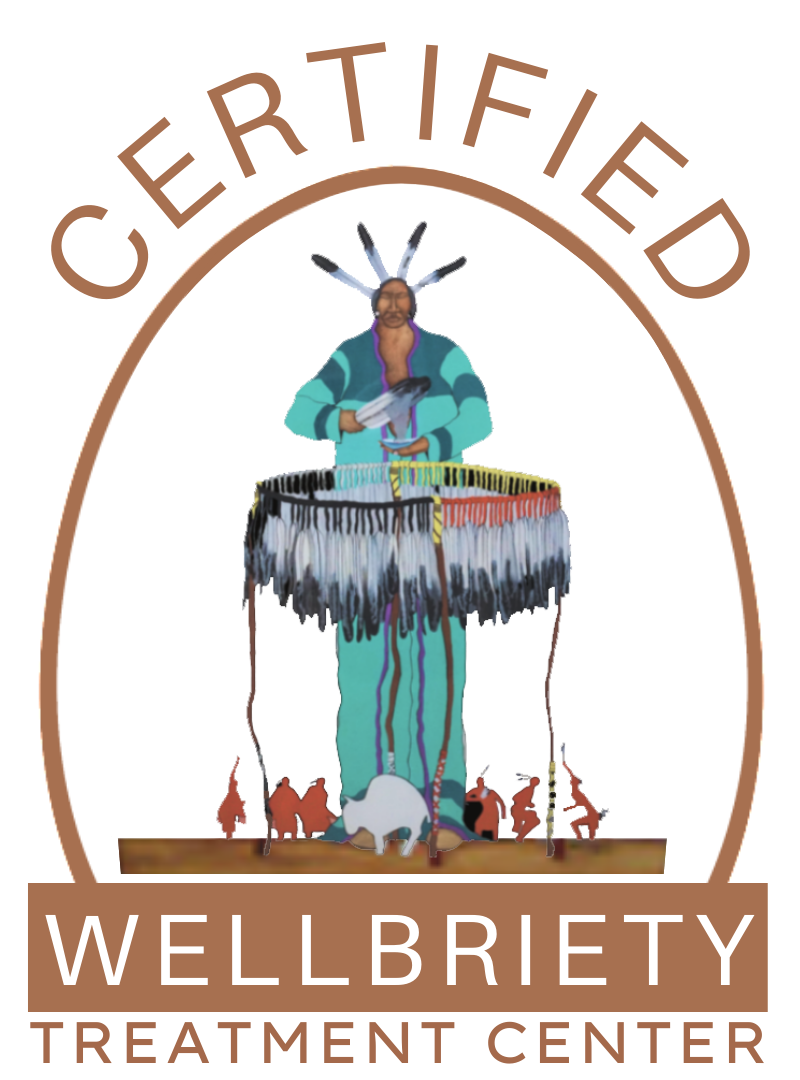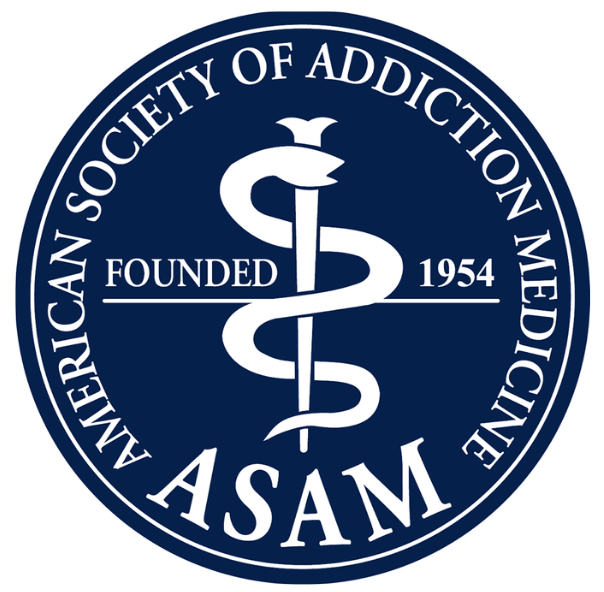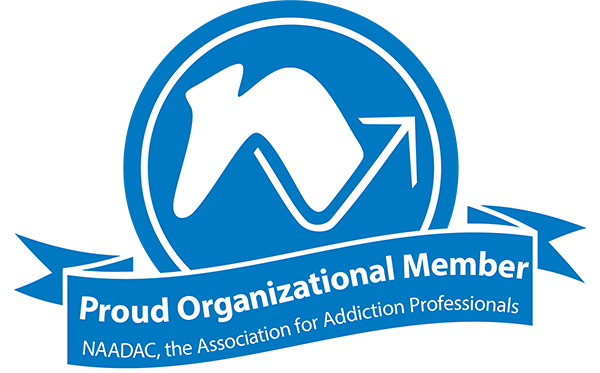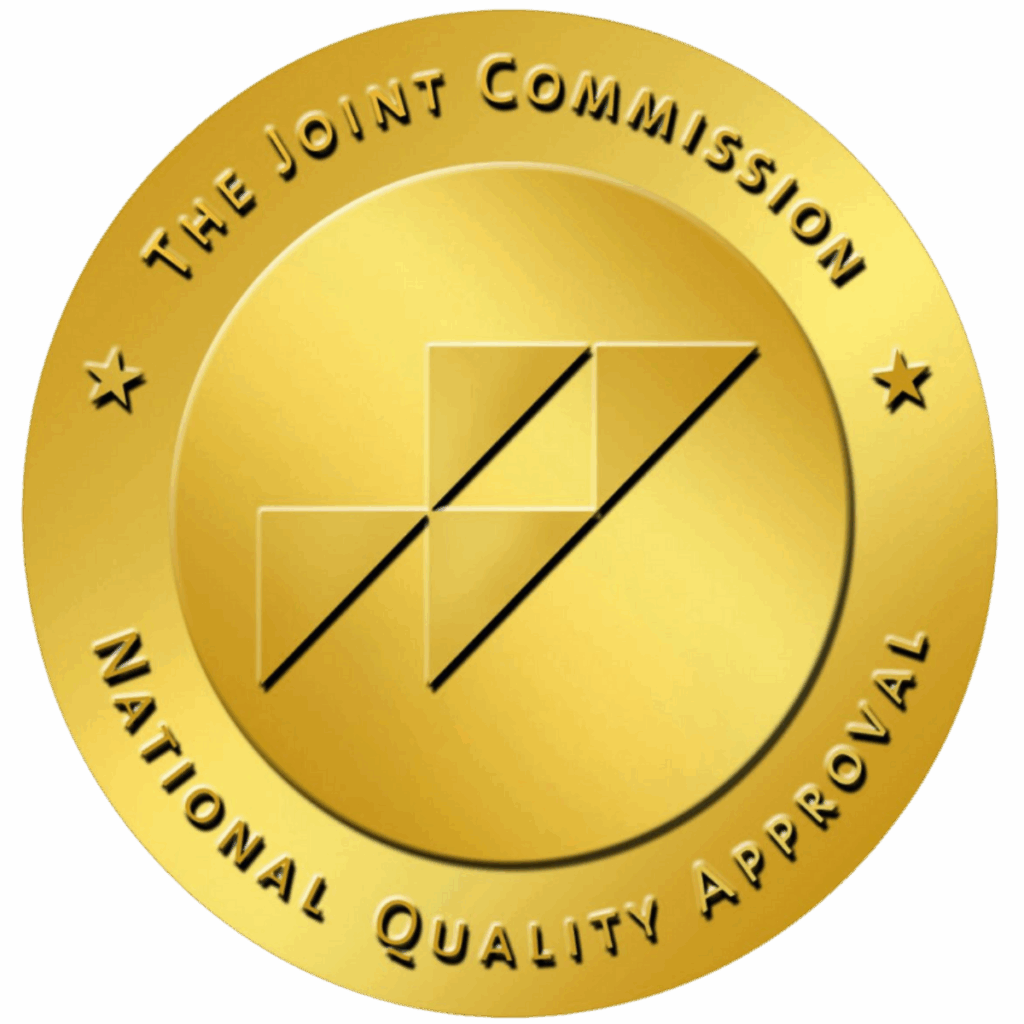To serve one’s country or become a police officer, firefighter, or EMT means staying hypervigilant to the fact that the role will come with a high degree of stress and exposure to risky, dangerous, and traumatic situations.
Honorable calls to duty to protect and help others, this hypervigilance can sometimes become a chronic state in many vets (active and retired) and first responders. It may begin to surface over time as one of many potential anxiety disorders, like post-traumatic stress disorder (PTSD), a common anxiety disorder that affected 14% of male servicemen and 24% of servicewomen out of the 5.8 million active-duty military who served in 2024.
It’s important to know that anxiety isn’t a sign of weakness, but a treatable medical condition. Keep reading to learn more about anxiety and how we can help.
What Is Anxiety?
Anxiety is often painted in a completely negative light. But the truth is that it’s a normal, natural response to stress. As humans, we evolved to be on alert for potential dangers, and the ability to feel anxious helped us pay attention and be motivated to take action or escape.
In the field, a certain degree of anxiety can serve you well when chaotic surroundings prevent you from assessing situations slowly and rationally. If you’ve been in combat, it might be a nagging gut feeling to check your ammunition or teammate’s gear again, even when you took inventory before heading out. It’s the instinct that police might have to re-frisk a suspect even when standard protocol has been followed. For the paramedic, it’s the hesitation you might feel before administering a triage drug dosage, just to make sure the vials haven’t been mixed up.
This type of apprehension is a protective mechanism preparing you for what’s ahead in tenuous, tense moments. Anxiety becomes a mental illness when feelings of fear or worry become excessive and begin to extend into everyday, off-duty quality of life — a constant crisis mode hindering the ability to function normally or control one’s responses, notes the Cleveland Clinic.
Anxiety Risk Factors
The exact root causes of anxiety disorders as a medical condition aren’t fully understood, but some risk factors can begin to explain where they might originate:
- Underlying health and medical issues, like heart disease, diabetes, chronic pain, and medication side effects, can create stress-related anxiety
- Traumatic and stressful events — especially during childhood — can also increase the risk of developing an anxiety disorder at any age.
- Genetics and family history can also play a role if you have a blood relative who’s had an anxiety disorder.
- People with certain personality types or who have other mental health issues, like depression, are also more prone to an anxiety disorder.
- The use and misuse of drugs, alcohol or other addictive substances can become a direct cause of anxiety and exacerbate its symptoms.
Signs and Symptoms of Anxiety
Commonplace emotional and psychological signs can include:
- When someone feels anxious, it can create a steady sense of unease that can, in many cases, become fear, panic or dread, for no immediate reason
- Uncontrollable, obsessive thoughts, often manifesting as flashbacks or nightmares of traumatic events
- Difficulty focusing or concentrating
- Being restless or irritable
- Catastrophizing worst-case scenarios and expecting the worst outcome
Physical symptoms of anxiety, according to the Mayo Clinic, can feel uncontrollable when anxiety takes hold. These can include:
- A pounding or palpitating heart accompanied by shortness of breath
- Trembling, tremors and shaking
- Sweating, chills or hot flashes, sometimes alternating
- Headaches
- Fatigue and insomnia
- Nausea and abdominal discomfort
Types of Anxiety
Anxiety is the most common mental health disorder in the U.S., affecting 40 million adults each year, and several distinct types of recognized anxiety disorders can be just as wide-ranging:
Generalized Anxiety Disorder (GAD)
Affecting 6.8 million adults (or just over 3% of the United States population), generalized anxiety disorder is the most common type of anxiety-related mental condition with symptoms that can consume one’s day in more ways than one. People struggling with GAD may experience a constant, pervasive sense of worry about daily life that normally wouldn’t cause concern.
“This worrying can consume hours each day, making it hard to concentrate or finish daily tasks,” notes the National Alliance on Mental Illness (NAMI). “A person with GAD may become exhausted by worry and experience headaches, tension or nausea.”GAD often co-exists alongside other issues like substance use disorder or depression.
Panic Disorder
Panic attacks can come without warning when the situation doesn’t warrant it. Severe physical signs, like a rapid and pounding heart, chest pain, sweating and dizziness are not life-threatening, but a frequent reoccurrence of unexpected anxiety attacks — especially living in fear of the next panic attack — can become a panic disorder.
According to the Anxiety & Depression Association of America (ADAA), panic disorder affects 6 million adults a year.
Social Anxiety Disorder (SAD)
Everyone can get anxious from time to time in new places with new people, or when speaking in front of a group for work or school, or example. Known as social phobia, social anxiety disorder goes beyond mere shyness or jitters, characterized by an intense fear of being judged, embarrassed, ridiculed or rejected in social interactions.
Equally common in mind and women, SAD affects 15 million people, or just over 7% of the entire population, notes the ADAA. People who suffer from SAD may go to great lengths to avoid situations where interacting with people is a possibility — from shopping to attending parties, eating in public or, in extreme instances, refraining from talking on the phone.
Sadly, this type of self-isolation and avoidance has shown that those with untreated SAD are at a higher risk of depression, substance use disorders and suicide.
Specific Phobias
Other, more targeted phobias and stress disorders can go on to affect 19.3 million adults, according to the ADAA. What is a specific phobia? It can be an extreme and persistent fear of a certain object, a situation or an activity that, like with other anxiety disorders, aren’t dangerous but can conjure anxiety, notes the Mayo Clinic.
Specific phobias and feelings of anxiety might include a fear of flying, speaking in public, arachnophobia (a fear of spiders) or agoraphobia (a fear of places and scenarios that may cause panic). “These fears cause such distress that some people go to extreme lengths to avoid what they fear,” notes Psychiatry.org.
According to the U.S. Department of Veterans Affairs (VA), some specific phobias can originate when relocating to a place with an increased chance of being near what they fear most. The VA cites an example of someone whose phobia of earthquakes intensifying after moving to Southern California, where the likelihood of earthquakes is more common.
Anxiety and PTSD
Anxiety is deeply intertwined with PTSD, both of which can, unfortunately, play significant roles in the lives of veterans and first responders. To say that they are mere occupational hazards is minimizing the impact both disorders can have on those who serve — where seven out of 10 vets will develop PTSD at some point during or after their military careers.
That heightened alertness in the call of duty, essential for survival and helping others to survive, can slowly become ingrained even in calm, non-emergency moments, making it more and more difficult to feel safe in everyday environments. On the contrary, the fear, panic or flashing back to past traumatic experiences remain top of mind always, regardless of how much time passes.
“When you are in the military, you may see combat. You may have been on missions that exposed you to horrible and life-threatening experiences. Or you may have experienced a serious training accident,” says the VA’s National Center for PTSD. “These types of events can lead to PTSD.”
Studies also show that of the over 80% of first responders who have reported experiencing traumatic job-related events, 10% to 15% were diagnosed with PTSD.
Treatment for Anxiety
NAMI reminds us that because many physical symptoms of anxiety — think a racing heartbeat, chest pains, labored breathing — can be mistaken for a heart attack or other ailments, especially in the case of a panic attack, getting a proper diagnosis is important.
The first step is getting this diagnosis after an evaluation from a therapist, mental health counselor or psychologist experienced in treating anxiety, trauma and related conditions. They’ll carefully follow the criteria in the Diagnostic and Statistical Manual of Mental Disorders (DSM-5) to see which anxiety disorder your symptoms align with the closest.
Therapy for Anxiety
Most anxiety disorders respond well to treatment. At a mental health facility, most of the treatment work you’ll engage in happens through psychotherapy. Also called talk therapy, you’ll sit one-to-one with a therapist, in a safe space, to begin working through the underlying causes of your anxiety.
Therapy can take shape through a few different methods:
Acceptance and Commitment Therapy (ACT)
Part of what can make overcoming anxiety is the thinking that one’s reactions or responses — like with GAD or SAD — are improper or incorrect. Rather than trying to shun or deny those notions, ACT therapy teaches you to accept that your thoughts and emotions have been valid in anxiety-inducing situations. By accepting and forgiving yourself, you can commit to making positive changes and turnarounds in your life without letting anxiety rule you.
In ACT, this happens through a number of core therapeutic processes, namely acceptance, detaching yourself from anxiety’s negativity, seeing your whole self in the present moment and crafting goals that resonate with your own personal values — not ones chosen for you.
Exposure Therapy
So much of anxiety is attached to fear and avoidance; when a sense of fear, dread or even terror are so palpably felt, many people will choose to simply avoid going anywhere near the slightest reminders, triggers, situations, people, places or objects that might worsen anxiety or create a panic attack.
Exposure therapy works with this notion — that by gradually and safely confronting what you fear, repeated exposure, over time, can help diminish your fear response. “During exposure, the client can learn to attach new, more realistic beliefs about feared objects, activities or situations, and can become more comfortable with the experience of fear,” says the American Psychological Association (APA).
Cognitive-Behavioral Therapy (CBT)
An indispensable core component of anxiety treatment, CBT is a type of talk therapy that aims to reconcile your thoughts, emotions and behaviors — e.g., a negative mindset can foster similar feelings and compel someone to act accordingly in a harmful or unhelpful manner. Likewise, by reframing your mental narrative and changing irrational thinking that can lead to anxious feelings, you can change your behavioral reactions in situations that once provoked anxiety, fear, panic or avoidance.
The APA notes that in many studies, CBT therapy at a mental health facility has proven more effective than other psychotherapies and, in some cases, medications, proof that your mind and body can heal itself from anxiety.
Dialectical Behavioral Therapy (DBT)
DBT therapy is closely related to CBT and ACT. Designed for people who experience and have trouble managing intense, anxious emotions, DBT helps you accept the reality of your life by enabling you to learn new skills to improve your mindset and better regulate your emotions.
For anxiety, DBT is a go-to psychotherapy for teaching how to survive moments of intense crisis — like a panic attack, for example — and manage the wave of sometimes uncontrollable emotions that are part and parcel of anxiety disorders. For vets and first responders who experience emotional dysregulation, DBT can be an invaluable part of your treatment plan.
Medication for Anxiety
In tandem with psychotherapy, medication is sometimes prescribed to alleviate symptoms of extreme anxiety, PTSD, depression or other co-occurring disorders. In treatment, you’ll be referred to a psychiatrist, qualified in prescribing medications when needed.
Antidepressant Medication
According to the ADAA, nearly one-half of people diagnosed with depression are also diagnosed with an anxiety disorder. When both co-occur at the same time, medication is sometimes helpful to manage symptoms so talk therapy can become easier for you.
Studies show that antidepressant drugs called selective serotonin reuptake inhibitors, also known as SSRIs for short, are effective in treating panic disorder with depressive symptoms.
Likewise, tertiary tricyclic antidepressant agents (TCAs) are also employed to treat anxiety disorders. Both TCAs and SSRIs work by carefully adjusting brain chemicals to improve mood when depressive symptoms take hold.
Anti-anxiety Medication
The most common anti-anxiety medications designed to reduce symptoms of GAD, panic disorder and others, are called benzodiazepines. They work to slow down hypervigilant, hyperactive and anxious brain activity — specifically by releasing a neurochemical called gamma-aminobutyric acid, or GABA, which works to calm the nervous system. In a calmer state, you can more easily go forth with ACT or CBT therapy or be less triggered in moments of exposure therapy or in real-life situations that might normally generate anxiety.
Benzodiazepines carry a high risk of dependence and addiction, so it’s important to take only as much as instructed.
In addition, beta blockers, typically used for heart conditions, are sometimes used to control physical symptoms of anxiety, like a rapid heartbeat, by preventing adrenaline from making your heart beat faster.
Treatment for Anxiety at Aliya Veterans
Aliya Veterans was started to acknowledge the deep need facing veterans and first responders in the areas of mental health and drug addiction. The data behind military and emergency personnel struggling with anxiety only hints at part of their stories — it’s a very real condition that, if neglected, can become a gateway to other conditions or substance abuse issues.
Our treatment philosophy is to embrace each person who walks through our doors with care and compassion, meeting your needs and where you are in this moment. We take pride in comprehensive mental health services tailored to your needs, from research-based therapy to ongoing support groups that last after treatment has ended. Therapy aims to start a new chapter of life for you, reclaiming a sense of self that anxiety can dull.
Our Holistic Approach to Treatment for Anxiety
We also believe that lasting recovery from anxiety disorder comes from treating you as a whole person. Our approach is built on the understanding that your mind, body, spirit and life circumstances are all interconnected — and by treatments like meditation, expressive arts or tai chi, each part does its own independent part but works in tandem to create a synergy that complements psychotherapy and strengthens the healing process.
Anxiety Treatment Near You
That seeking treatment for anxiety is a sign of weakness in some military and public safety circles is a myth. Taking the first step toward recovery from anxiety disorder — no matter how mild or severe — is an ultimate act of strength, for yourself or a family member.
If you’ve been in service and are looking for treatment for anxiety disorders, we’re here to help. Contact our admission team to learn more about our programs. They’re on call 24/7/365 to answer your questions, tell you more about a treatment plan at a mental health treatment facility, verify your insurance and more.
- How Common is PTSD in Veterans? – PTSD: National Center for PTSD
- Psychiatry.org – What are Anxiety Disorders?
- How Fear and Anxiety Drove Human Evolution – National Geographic
- Anxiety Disorders: Causes, Symptoms, Treatment & Types
- https://www.mayoclinic.org/diseases-conditions/anxiety/symptoms-causes/…
- Anxiety Disorders | National Alliance on Mental Illness (NAMI)
- Facts & Statistics | Anxiety and Depression Association of America, ADAA
- Generalized Anxiety Disorder (GAD): Symptoms & Treatment
- Facts & Statistics | Anxiety and Depression Association of America, ADAA
- Panic attacks and panic disorder – Symptoms and causes – Mayo Clinic
- Anxiety disorders
- Social anxiety disorder (social phobia) – Symptoms and causes – Mayo Clinic.
- Social Anxiety Disorder (SAD) study among medical undergraduate students
- Specific phobias – Symptoms and causes – Mayo Clinic.
- Anxiety Disorder Symptoms, Types & Veteran Resources – Mental Health
- Posttraumatic Stress Disorder in police, firefighters, and first responders – Science Direct.
- Anxiety Disorders | National Alliance on Mental Illness (NAMI)
- Acceptance and Commitment Therapy. What is it?
- What Is Exposure Therapy?
- What is Cognitive Behavioral Therapy?
- Overview of antidepressants currently used to treat anxiety disorders – PubMed
- Benzodiazepines: What They Are, Uses, Side Effects & Risks
- Beta-Blockers for Anxiety: Benefits, Side Effects, and Risks
